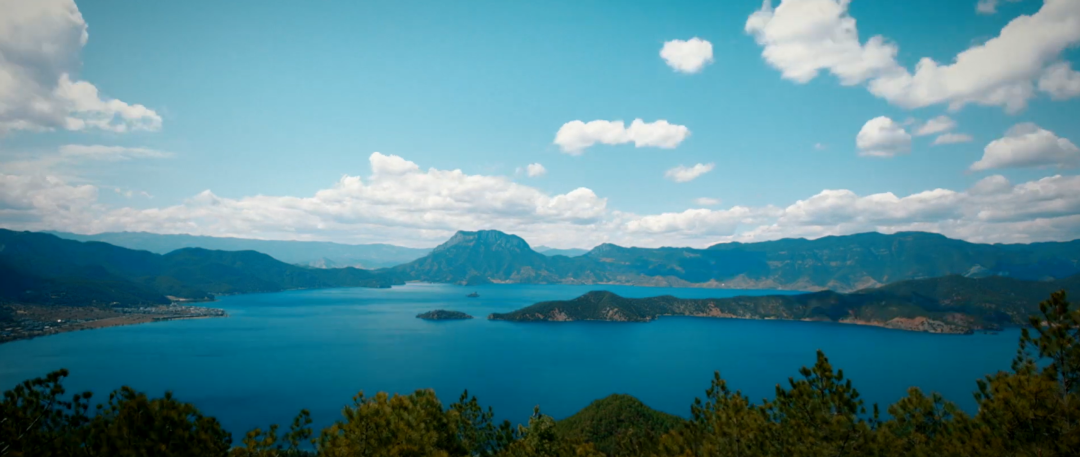


Lugu Lake is the last stop of the series, and its customs are demonstrated by the Mosuo people who live at the border of Sichuan and Yunnan. Our travel series aims to showcase the people, places, history and customs of Yunnan around the world. Lugu Lake may be the stop in this series that best showcases the diversity of China and reveals the unknown.




As the sacred guardian of the Mosuo people, the Mosuo people pray to Ganmo before important Buddhist ceremonies. The status of the goddess Ganma continued during the transformation of Mosuo religion from shamanism to animism to Yellow Hat Buddhism. The white chest-shaped mounds dotted on the lakeshore and hills, called Cuota in Mosuo language, are sacred places where people pay tribute to the goddess.


The Mosuo people occasionally organize a so-called Lake Parade, a full-day hike around the lake, to commemorate Ganmo. The procession stopped in front of each Tso Pagoda. The marchers burned incense, offered grains, kowtowed, and then walked and chatted toward the next destination, while the lamas in the entourage were responsible for reciting scriptures along the way. The Mosuo people's parade around the lake is not only held on festivals. There are celebrations every year. Those who are willing to parade around the lake can participate on the fifth, fifteenth, and twenty-fifth of any lunar month.


In this 12-episode series, we followed the footsteps of Yunnan and visited many places: from the provincial capital Kunming to charming old cities such as Weishan, Donglianhua, Dali, and Heshun, all the way to the volcanic wonders of Tengchong and Shaxi The tea horse road post and the rock climbing cliffs around Laojun Mountain. Next, we'll move on to Yunnan's own Shangri-La, hiking through the stunning boundless Tiger Leaping Gorge and stopping in romantic Lijiang. It's been an epic trip and I hope you enjoy every episode!
